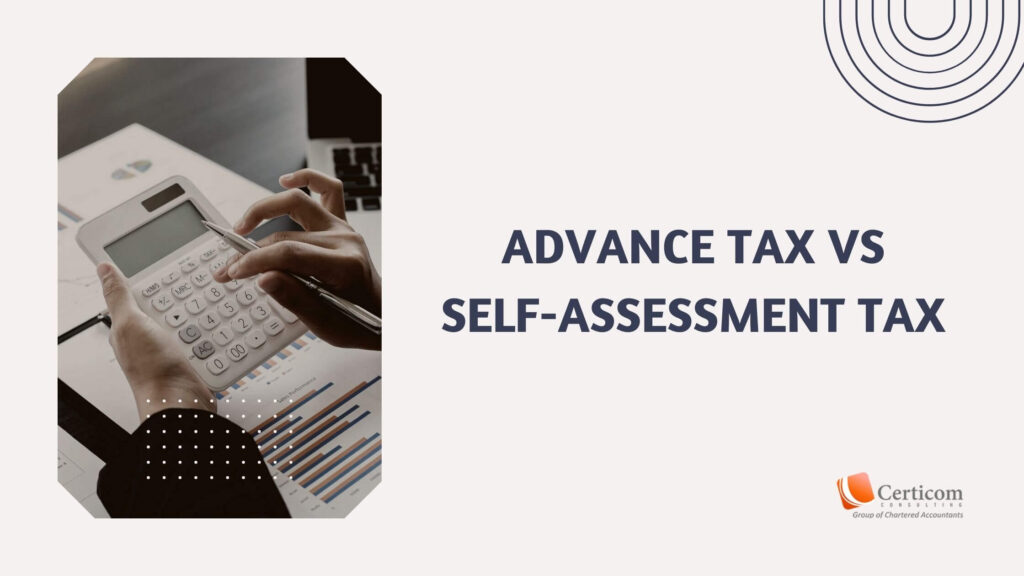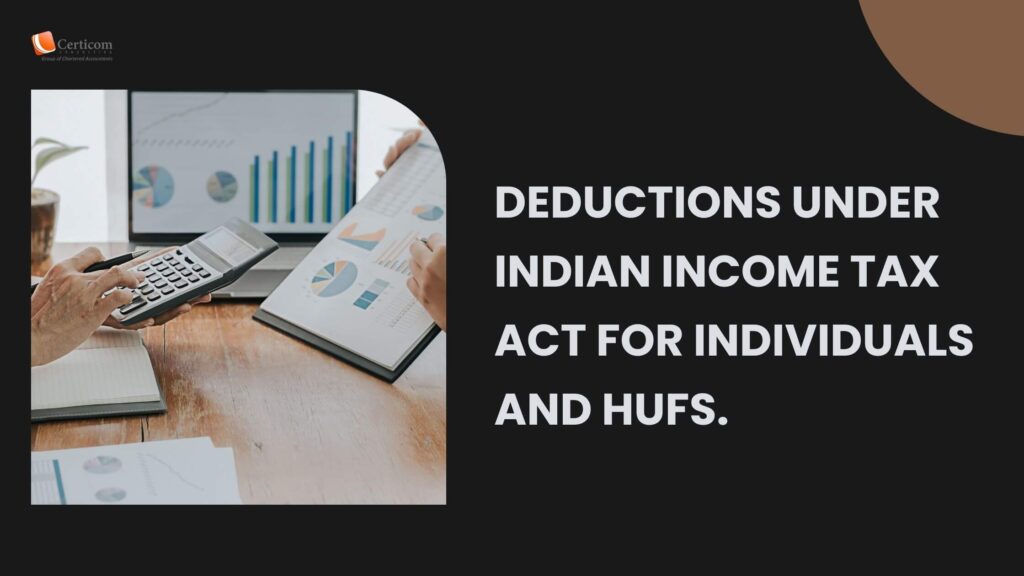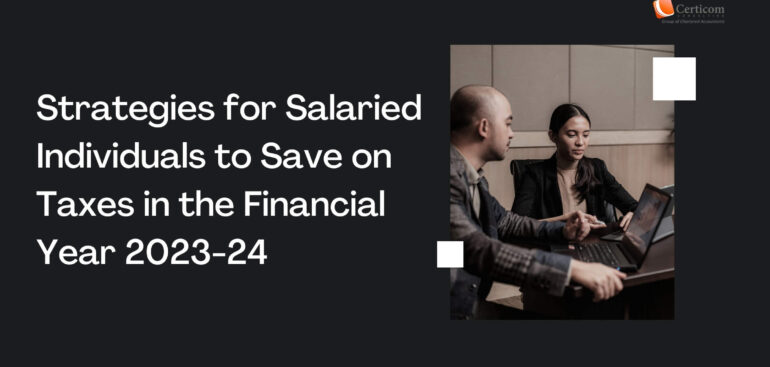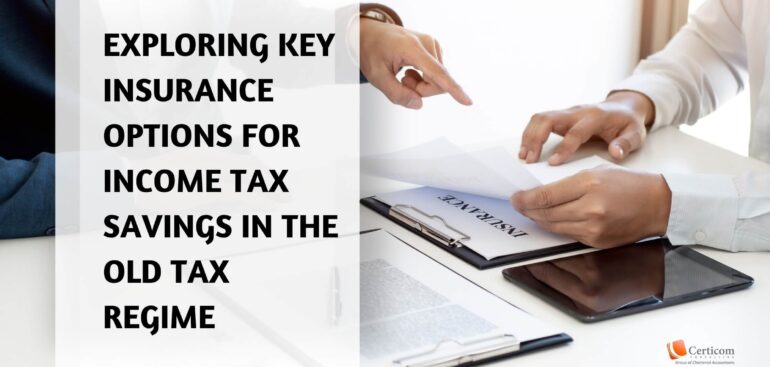8 Key Points Explaining Income Tax Benefits for Senior Citizens on Interest Income
The Income Tax Act’s Section 80TTB describes the tax advantages available to older persons for interest income from deposits. The new Section 80TTB provision is one of the incentives expressly aimed at older citizens that were added in the 2018 Finance Budget.

Under Section 80TTB, a person who is 60 years of age or older and an Indian resident for tax purposes can deduct ₹50,000 for interest earned on deposits made at the Post Office, Bank, and Cooperative Society during a year. Interest accrued on both fixed and savings accounts is subject to this deduction.
Interest on deposits made to these companies in whatever form, including savings bank interest, fixed deposit interest, and recurring deposit interest, is covered by this deduction. Above the total ₹50,000, interest earned on deposits made under the Senior Citizen Savings Scheme is also eligible for deduction.
Difference between Section 80TTA, and Section 80 TTB
Although they differ, Sections 80TTA and 80TTB both allow deductions for interest income. For savings accounts kept in banks, co-ops, or post offices, people under 60 years of age and Hindu Undivided Families (HUFs) are eligible for interest deductions up to ₹10,000 under Section 80TTA.
It’s crucial to remember that senior folks are not eligible for the advantages of Section 80TTA.

Eight Essential Points to Consider
1) A senior citizen is defined as a resident individual aged 60 years or above.
2) The interest pertains to deposits in banks, whether they are savings or fixed.
3) This includes interest from deposits in cooperative societies involved in banking activities, such as cooperative land mortgage banks or cooperative land development banks.
4) Interest earned on post office deposits is also covered.
5) Banks are not authorized to deduct any Tax at Source (TDS) from interest payments to senior citizens on deposits up to ₹50,000.
6) With the exemption of interest up to ₹50,000 under Section 80TTB, resident senior citizens have a higher limit of ₹50,000 for TDS on interest under Section 194A.
7) Any interest income exceeding ₹50,000 is subject to taxation based on the applicable slab rate for senior citizens.
8) Interest income derived from company fixed deposits, bonds, or Non-Convertible Debentures (NCDs) does not qualify for relief under Section 80TTB.
Related Post
Advance Tax vs Self-Assessment Tax
Deductions under Indian Income Tax Act for Individuals and HUFs (FY 2023-2024)
What Is Inheritance Tax
Book A One To One Consultation Now For FREE
How can we help? *












